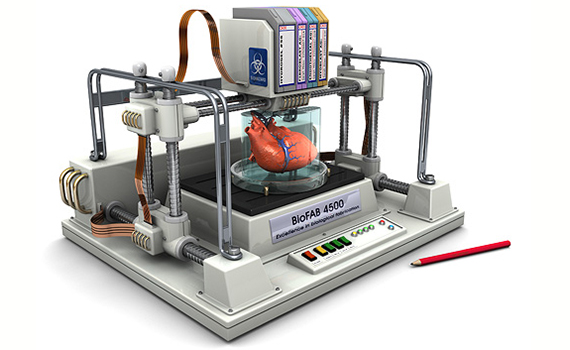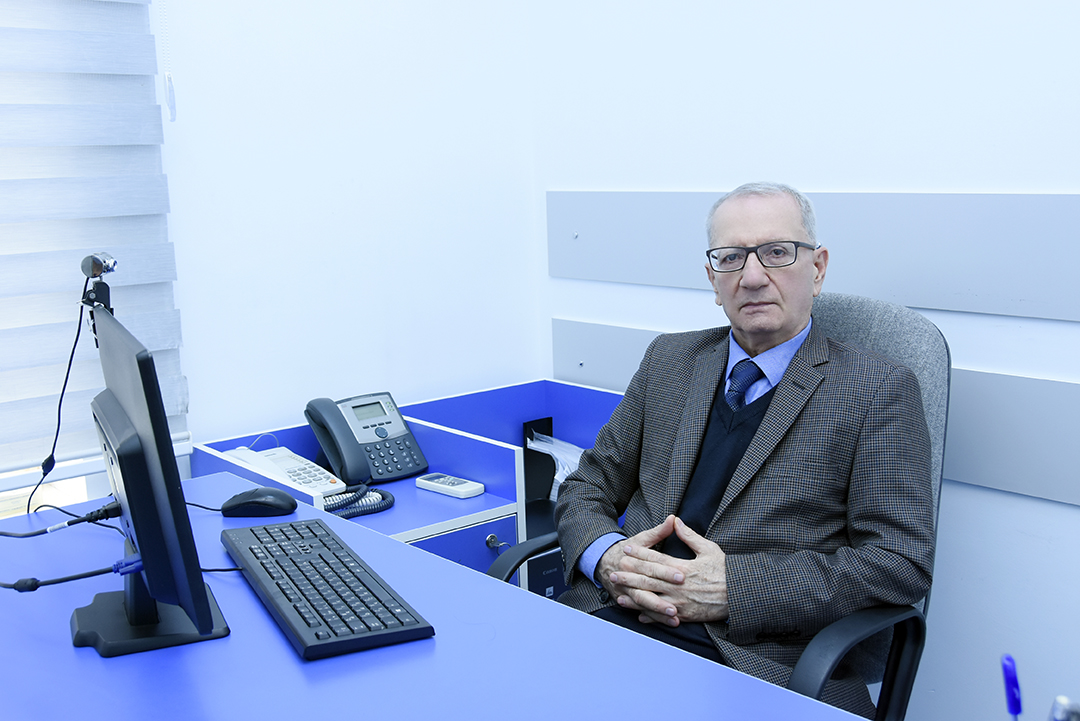NEWS
Three-dimensional technology gave a full replacement for vessels

A panel of experts from the Brigham Women's Hospital created tubular structures on a three-dimensional printer that perfectly imitate the blood vessels and ducts of the human body, Science Daily reports. If scientists can replace tubular structures in the body, it will be possible to defeat arthritis, atherosclerosis, thrombosis, inflammatory diseases and anomalies, including the urogenital nature.
Success depends on the "ink" used in the three-dimensional bioprinter. In the last work, scientists mixed human cells with hydrogel, in which these cells could multiply. The printer was configured to print tubular structures with up to three layers. When the tubular structures were printed, the scientists tested their ability to transfer nutrients to liquids.
The experiments were successful. Hence, it is possible to print tissue that mimics both vascular tissue and urothelial tissue. Scientists mixed human urothelial and smooth muscle cells of the bladder with hydrogel to form urothelial tissue. To print vascular tissue, they used a mixture of human endothelial cells, smooth muscle cells and hydrogel. The resulting structures differed in size, thickness and properties, like real ones.



